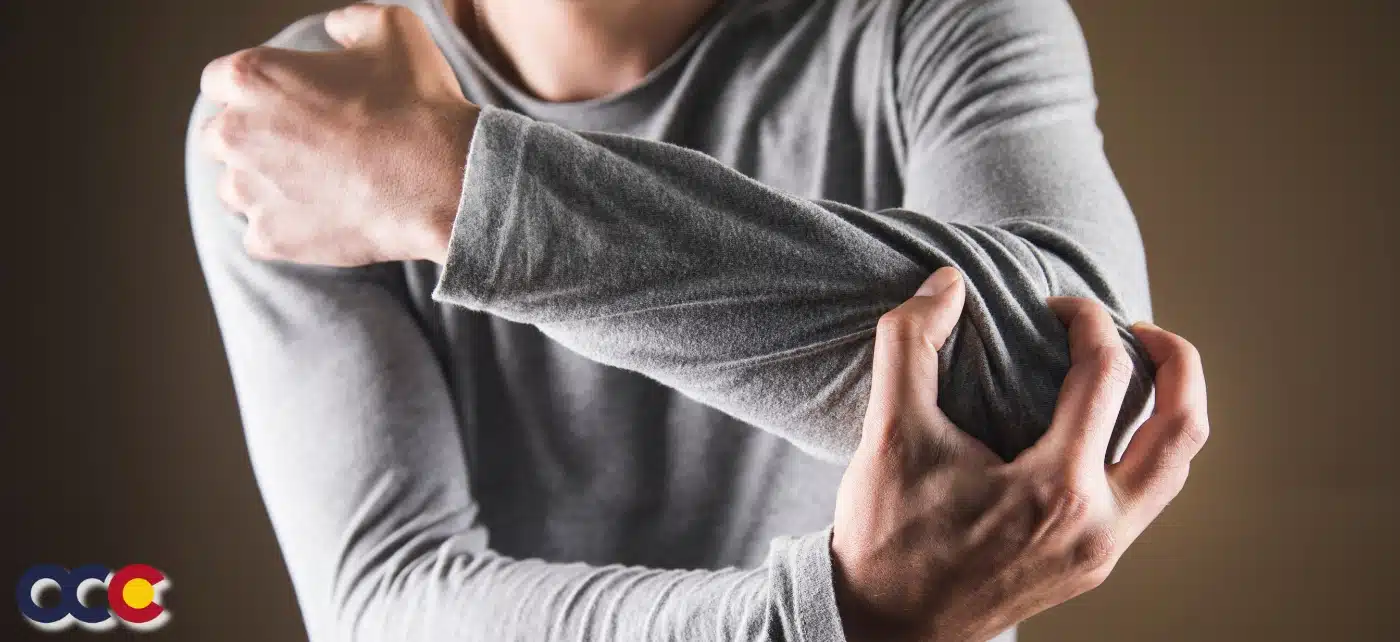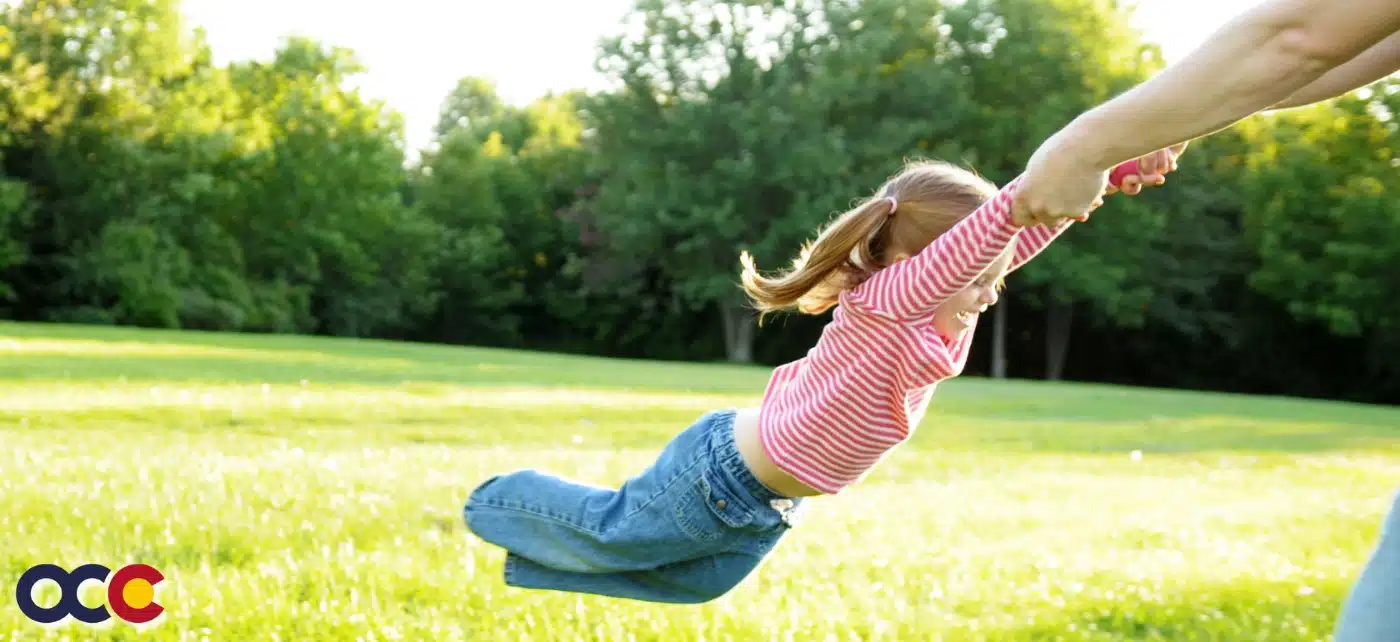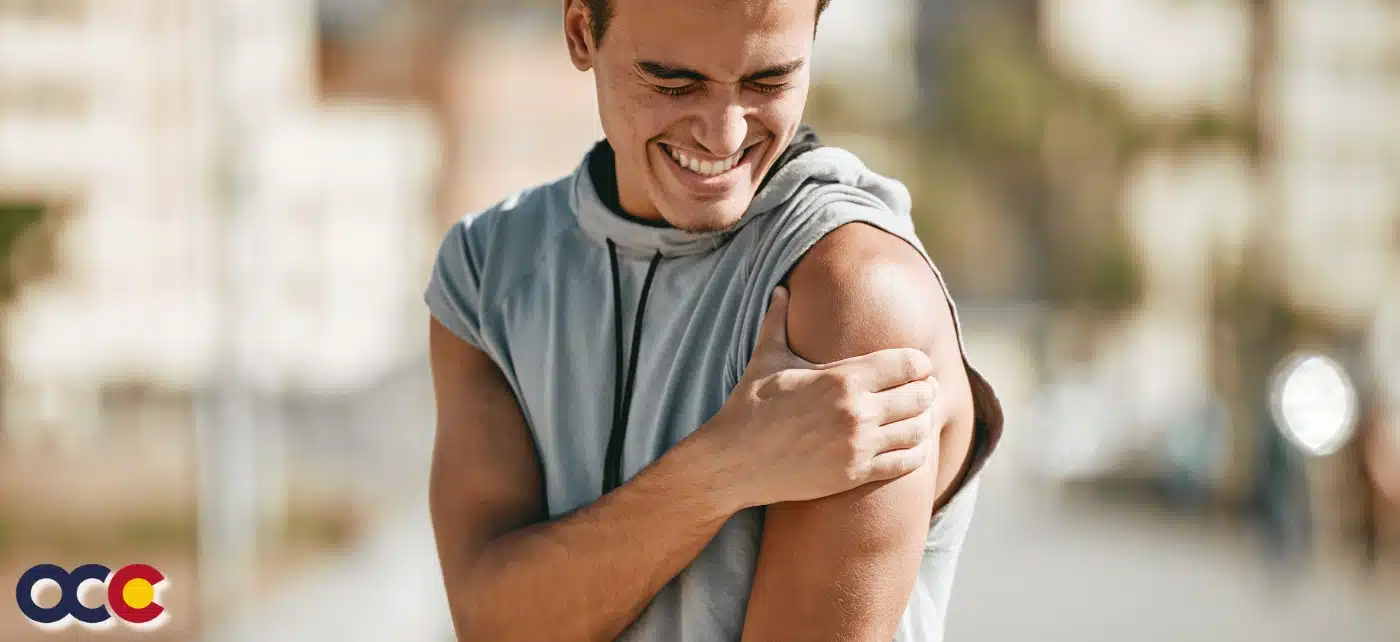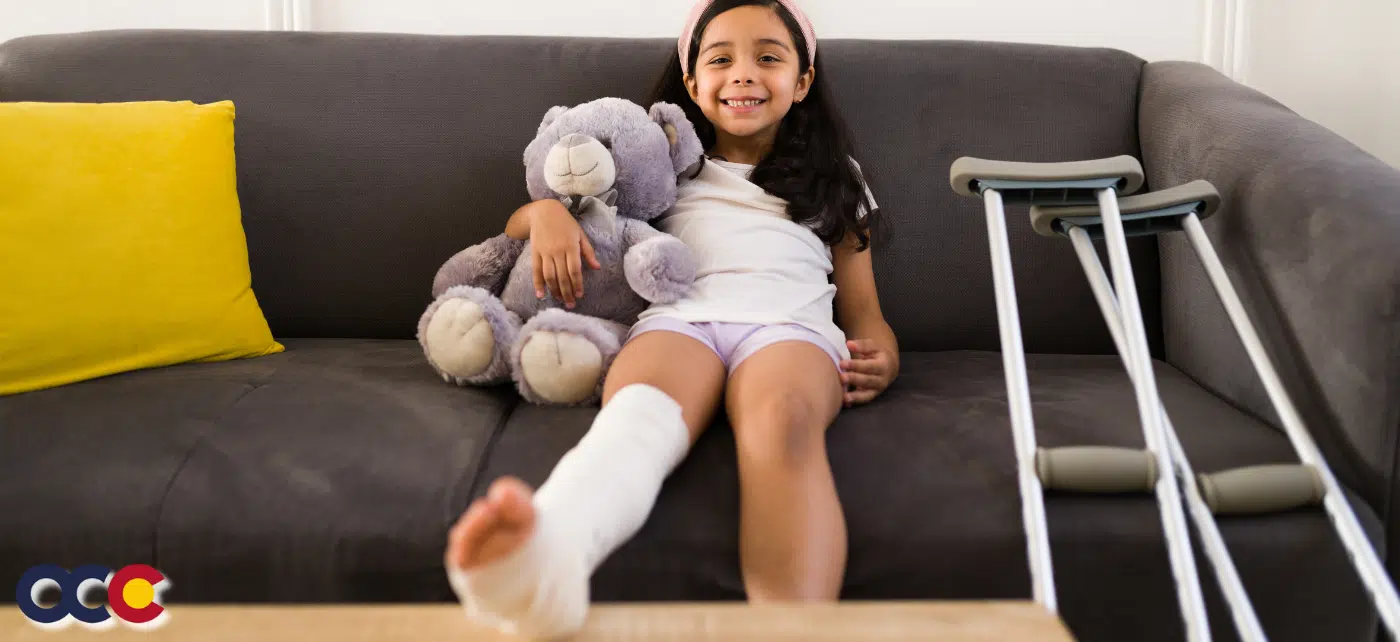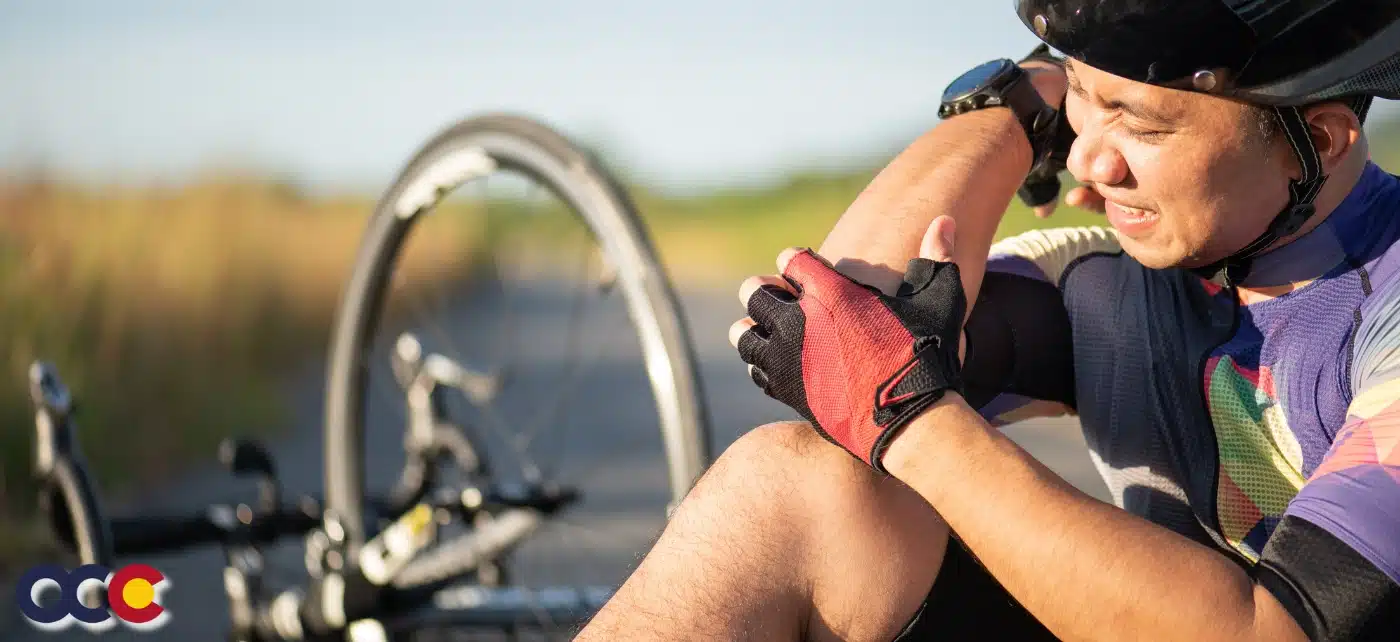Elbow dislocation happens when any of the three bones in the elbow joint are knocked or pushed out of place. Dislocating the elbow often results in excruciating pain and can make it hard or even impossible to move the elbow. The longer the elbow remains out of the joint, the more damage can occur. This is why you want to seek help from orthopedic experts who have had vast experience diagnosing and treating elbow dislocations, like those you’ll find at OCC – Advanced Orthopedic & Sports Medicine Specialists in Denver, Parker, or Aurora, Colorado. Trying to force a dislocated elbow back in place on your own can make the injury worse, damage the tissue around it, and cause serious complications.
OVERVIEW
Elbows are one of the most commonly dislocated joints each year, constituting 10% to 25% of all injuries to the elbow. Only shoulders and fingers are dislocated more often. Elbow dislocation occurs when the humerus, ulna, and radius (elbow bones) move and become dislocated or out of joint. There are two types of elbow dislocations:
- Posterior dislocation occurs when there is significant force on the palm that resonates toward the elbow and the elbow joint pushes backward (posterior). More than 90% of elbow dislocations are posterior.
- Anterior dislocation is less common and results from applying force on a flexed elbow. In this case, the elbow joint pushes forward (anterior). Elbow dislocations constitute Adolescent males are at the highest risk for dislocation, although it often occurs in children.
Of all elbow dislocations, 10-50% are sports-related.
ABOUT THE ELBOW
The elbow is the place where the bone of the upper arm meets the bones of the lower arm. The upper arm contains one bone, the humerus, which stretches from the elbow to the shoulder. The forearm has two bones, the ulna and radius, which reach from the elbow to the wrist. The ulna is the bone on the inner part of the arm, and the radius is the bone on the outer part of the arm. The ends of the bones are covered with cartilage. Cartilage has a rubbery consistency that allows the joints to slide easily against one another and absorb shock. The elbow is made up of a hinge joint and a ball-and-socket joint, enabling these two unique motions: the hinge function allows the arm to straighten and bend, and the ball-and-socket function allows the palm to rotate up or face down. The bones are held together by ligaments to provide stability to the joint. Muscles and tendons move the bones around each other and help in performing various activities.
WHAT IS ELBOW DISLOCATION?
Elbow dislocations can be complete (luxation) which happens when the bones in the joint are totally separated and pushed out of place. Subluxation is the medical term for a partial dislocation. It is a subluxation if something pulls the joint apart, and the bones still touch, just not as completely as usual. Providers also classify elbow dislocations based on the damage to the joint and surrounding tissue. A simple elbow dislocation is when there is injury to the ligaments that support the elbow but no injury to the bones that form the elbow joint. In a complex elbow dislocation, there are severe injuries to the ligaments and tendons, and also bone fractures. Severe elbow dislocation indicates damage to the nerves and blood vessels around the elbow. Should the blood vessels and nerves that travel across the elbow become injured, there is a risk of losing the arm.
Read more about Elbow Dislocation on our new Orthopedic News Site – Colorado Orthopedic News. Schedule an appointment with an elbow specialist today.

